Sherwood Forest, Nottinghamshire: The story of Robin Hood's woods
The ancient hunting grounds of William the Conqueror are famed across the world as the hiding place of the legendary outlaw Robin Hood.
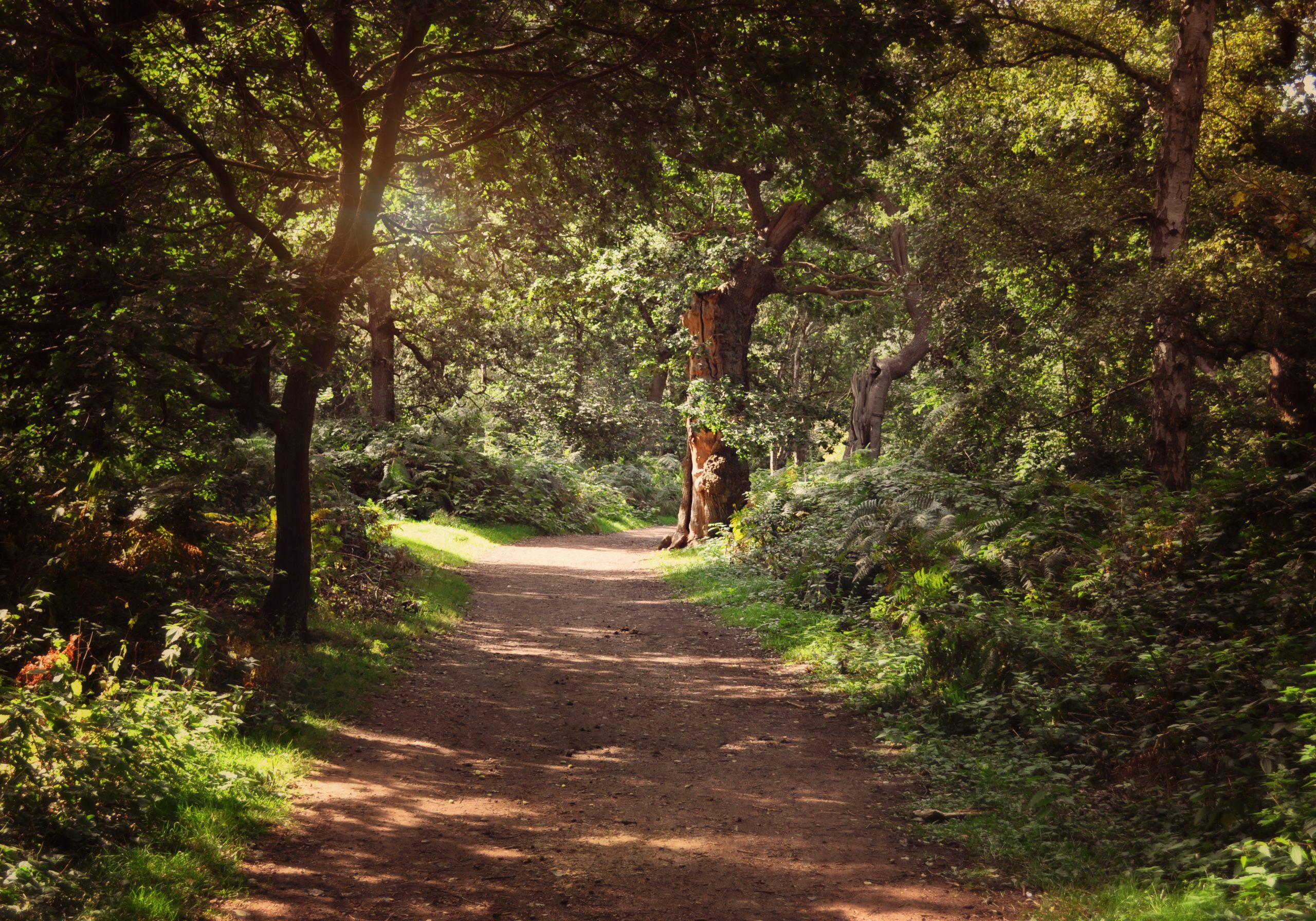
One cannot overestimate the importance of hunting to some of England's monarchs over the last millennium — and how their passion shaped the country even as we know it today. Henry VIII's obsession shaped London's parks, for example, but even more impactful was William the Conqueror, who set immense tracts of England aside as royal hunting preserves, subject to their own laws and courts, capable of imposing horrific punishments on anyone found poaching the King’s ‘venison’ or game. These areas were known as 'forests'; the word was used not to denote land covered in trees, but areas set aside as wild land for hunting.
Thus Sherwood Forest, which at its zenith occupied some 100,000 acres of Nottinghamshire and Yorkshire, was not a forest in the modern sense of being uniformly covered with trees: woods of oak and birch stood next to swathes of grassland and heath, on which the King’s deer could graze.
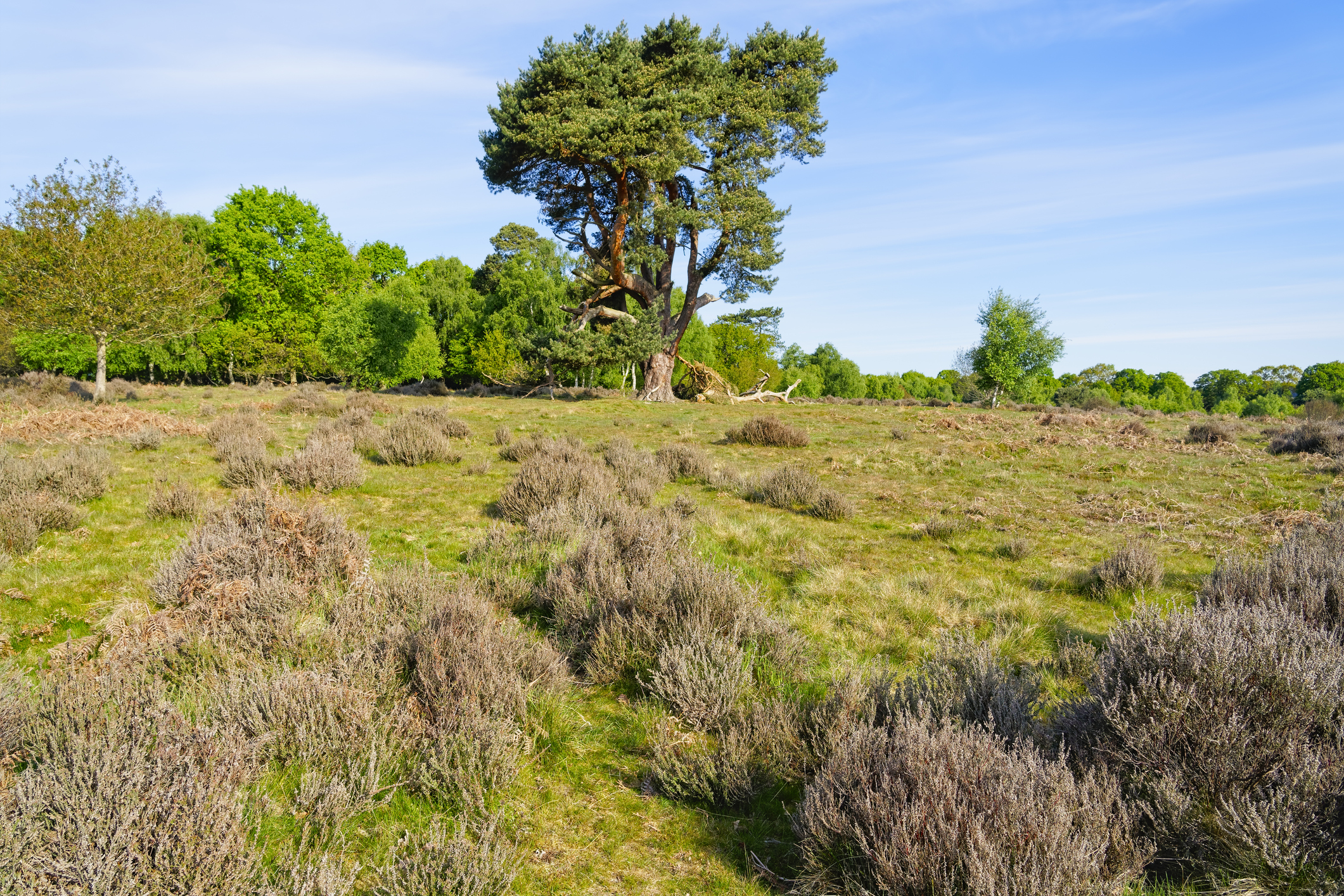
From at least the late 14th century, Sherwood was associated with the great hero of English folklore, Robin Hood. William Langland, writing From The Vision of Piers Plowman in the 1370s, refers to his story, which was evidently well known, presumably having been told by travelling minstrels.
Robin, dressed in Lincoln green, is supposed to have lived at the end of the 12th century, when the future King John was minding the realm as his brother, Richard the Lionheart, was on crusade. The Sheriff of Nottingham was the King’s local representative, responsible for enforcing the forest laws.
Robin, unfairly dispossessed, became an outlaw, leading a band of Merry Men — Little John, Will Scarlet, Alan-a-Dale and Friar Tuck — with love interest being supplied by Maid Marian. The Great North Road, which passes through the Forest, provided rich pickings for their redistribution of wealth.
The Major Oak at Sherwood Forest
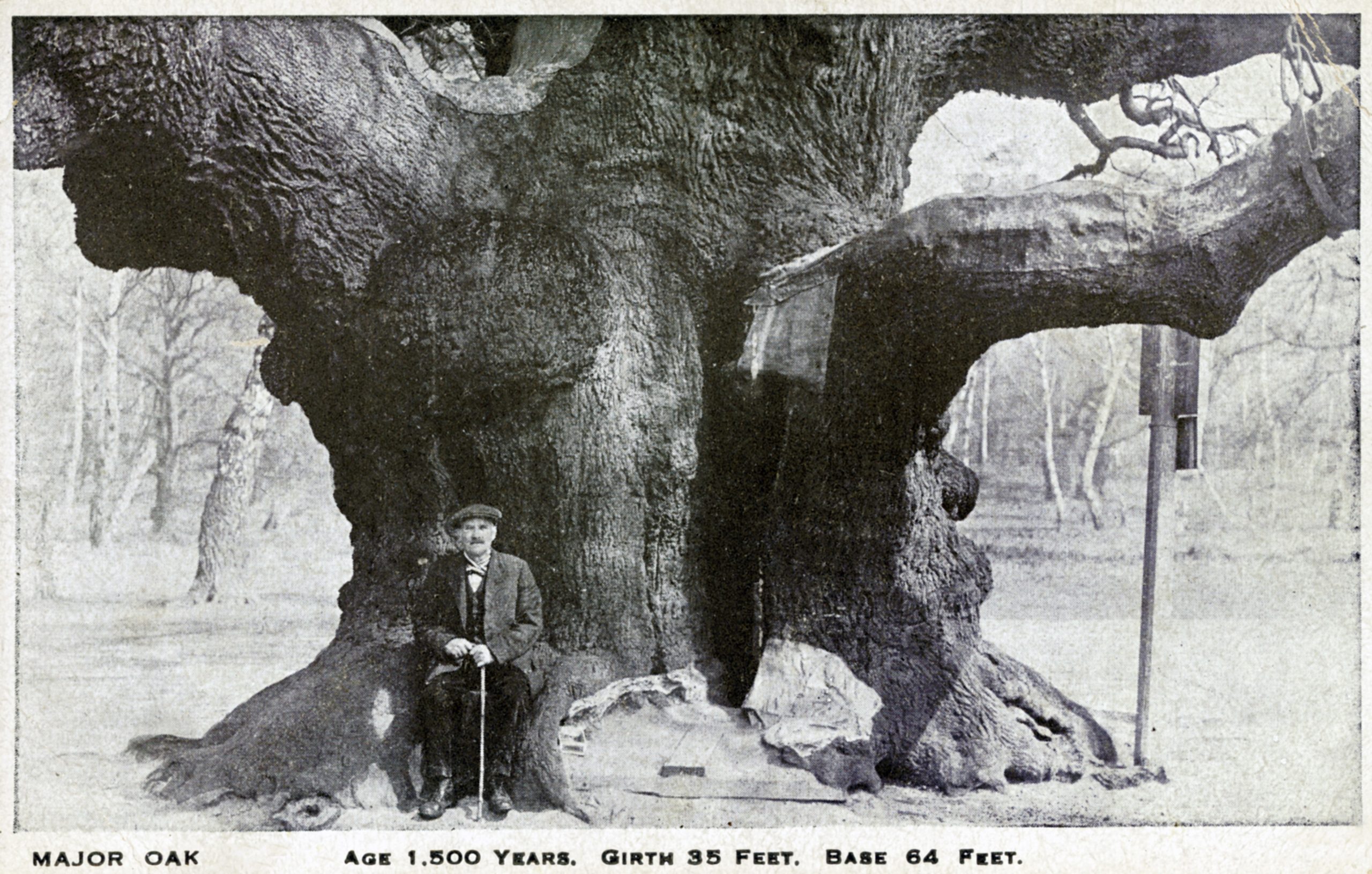
The Major Oak at Edwinstowe is pictured here in 1900, when it was estimated to be 1,500 years old; modern estimates place it closer to 1,000 years, which might be young compared to the Fortingall Yew but is still an exceptional amount of time for an oak to live.
Legend has it that Robin Hood hid within the hollow trunk of the tree to escape from the Sherriff of Nottingham's men — clearly back then this tree wouldn't have been big enough, but Robin might have hidden in a tree of equivalent size at that time since they can, like this one, be hollowed out by fungi.
Sign up for the Country Life Newsletter
Exquisite houses, the beauty of Nature, and how to get the most from your life, straight to your inbox.
The Major Oak's vital statistics are impressive: it weighs an estimated 23 tons, is 33ft across and has a spread of almost 100ft, making it the biggest oak tree in Britain. And despite its age, it's still healthy: in a good year — a mast year, as they're known — it can produce 150,000 acorns. It has been nominated as the one of the top 50 trees in Britain by The National Tree Council.
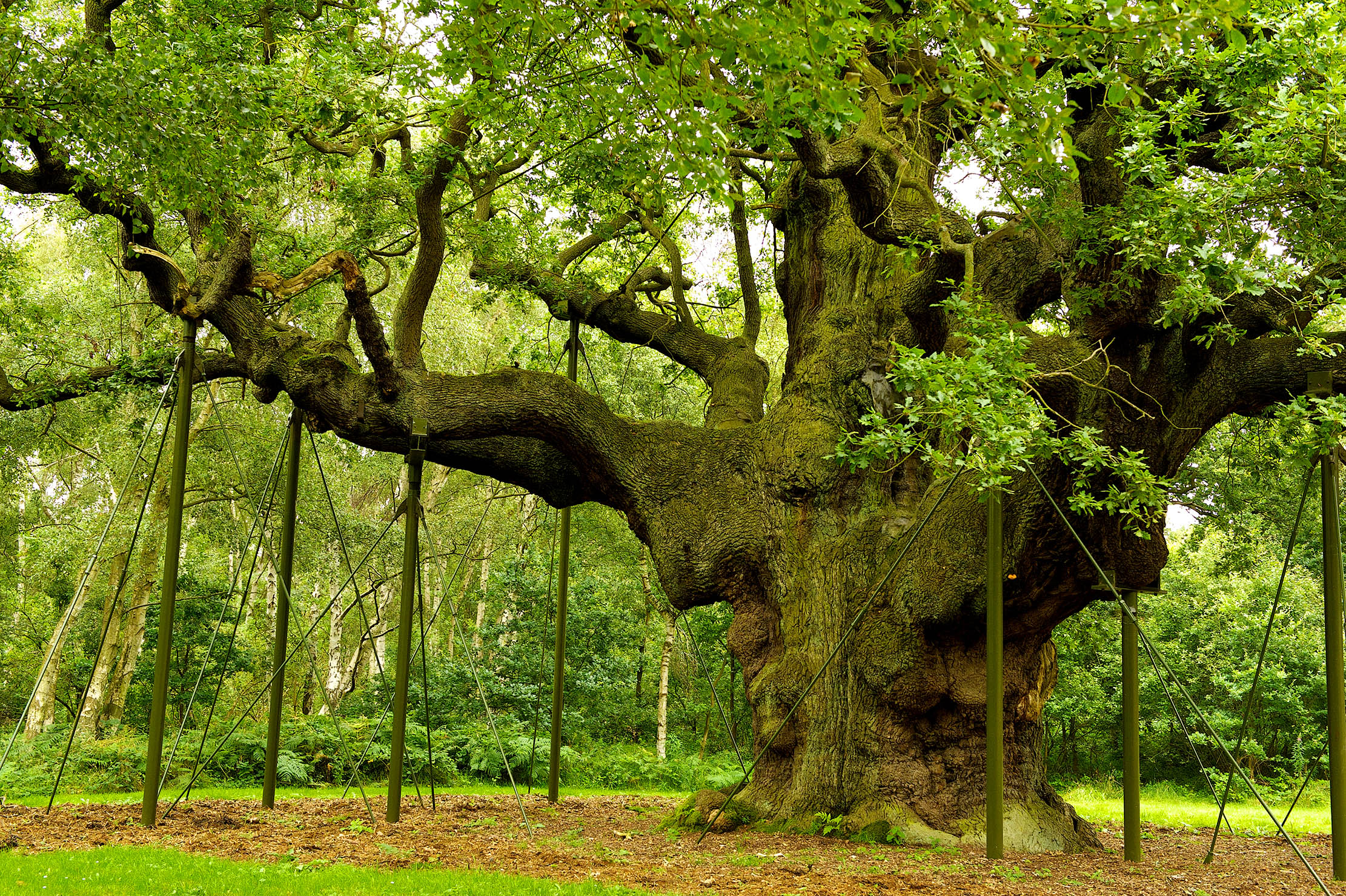
How to visit Sherwood Forest
Sherwood Forest today is just under 1,000 acres, protected both as a Site of Special Scientific Interest and a Special Area of Conservation. It's seven miles north-east of Mansfield and 20 miles from Nottingham. The evil Sheriff would have had the best part of a day's journey to get here from Nottingham Castle...
For the past four or five years Sherwood Forest has been run by the RSPB. It is entirely free to visit — the money to cover the running comes from the car park, visitor centre facilities and events. See visitsherwood.co.uk for more details.

St Michael’s Mount, Cornwall: The monastery that became a castle that became a home
Few spots on the coast of Britain are as romantic and storied as St Michael's Mount in Cornwall.
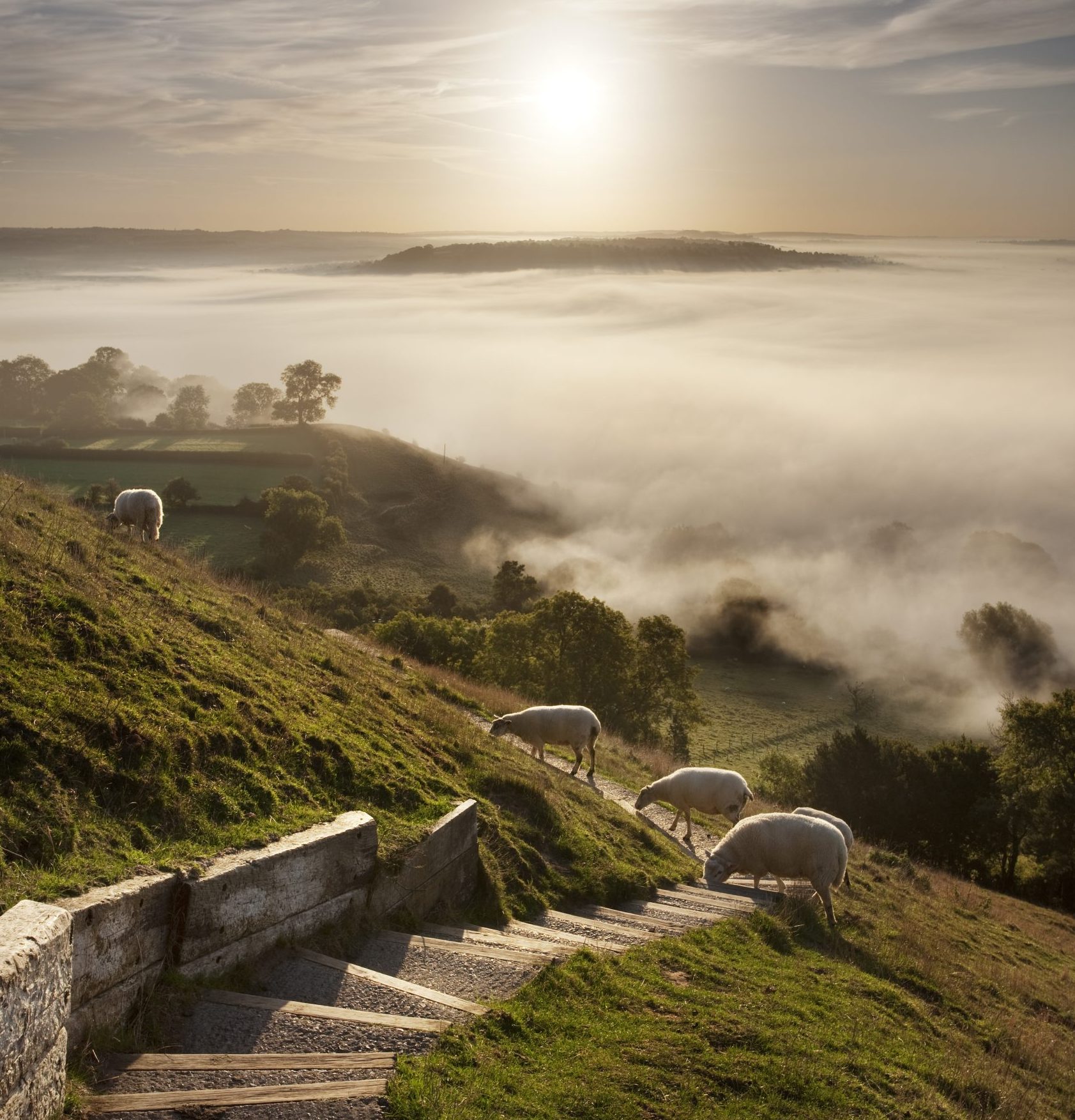
Glastonbury, Somerset: The place where the Holy Grail came to Britain
The ancient town of Glastonbury is synonymous without spirituality, mysticism and legend — and it's an unmissable stop-off on our list

The Island of Ely, Cambridgeshire: Where 85ft above sea level is almost a mountain
Clive Aslet takes a look at Ely, the beautiful and ancient city that can be seen from miles around in
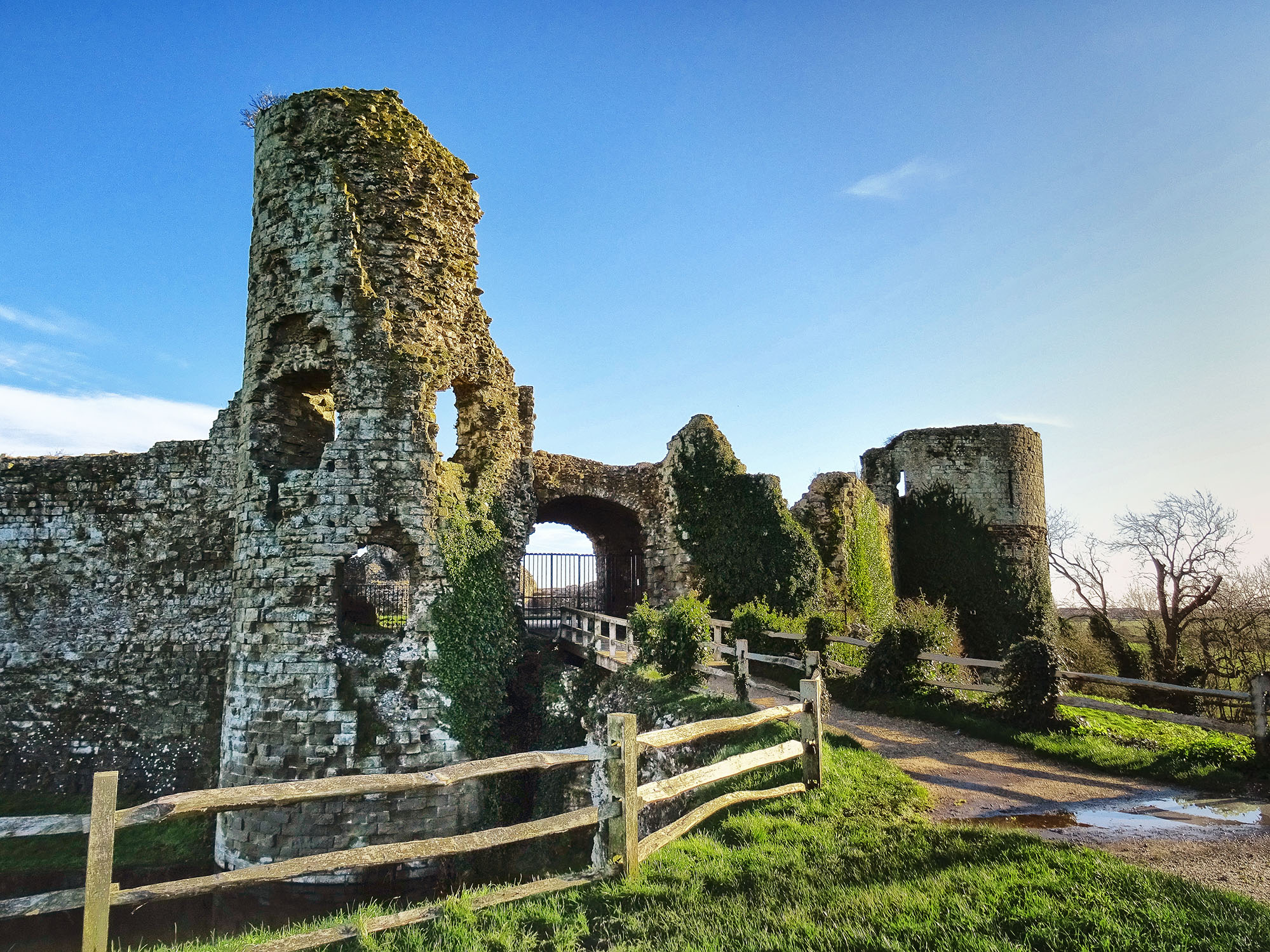
Pevensey Castle, East Sussex: The Roman castle that was still being used in World War II
When William the Conqueror landed at Pevensey, he moved in to the nearby castle — one which had already stood for

The Pontcysyllte Aqueduct: Thomas Telford's 'ribbon of water in the sky'
The magnificent Pontcysyllte Aqueduct is one of the great testaments to Industrial Revolution ingenuity — and as beautiful as it is

Skara Brae: The prehistoric village on Orkney that's older than Great Pyramid of Giza
The best-preserved Neolithic settlement in Europe isn't in a French cave or an Italian hillside; it's Skara Brae on Orkney,
-
 What should 1.5 million new homes look like?
What should 1.5 million new homes look like?The King's recent visit to Nansledan with the Prime Minister gives us a clue as to Labour's plans, but what are the benefits of traditional architecture? And can they solve a housing crisis?
By Lucy Denton
-
 The battle of the bridge, Balloon Dogs and flat fish: Country Life Quiz of the Day, April 15, 2025
The battle of the bridge, Balloon Dogs and flat fish: Country Life Quiz of the Day, April 15, 2025Tuesday's quiz tests your knowledge on bridges, science, space, house prices and geography.
By James Fisher
-
 10 of Scotland’s most magical white sand beaches
10 of Scotland’s most magical white sand beachesWhat better day to celebrate some of Scotland's most stunning locations than St Andrew's Day? Here's our pick of 10 of the finest white sand beaches in the country.
By Country Life
-
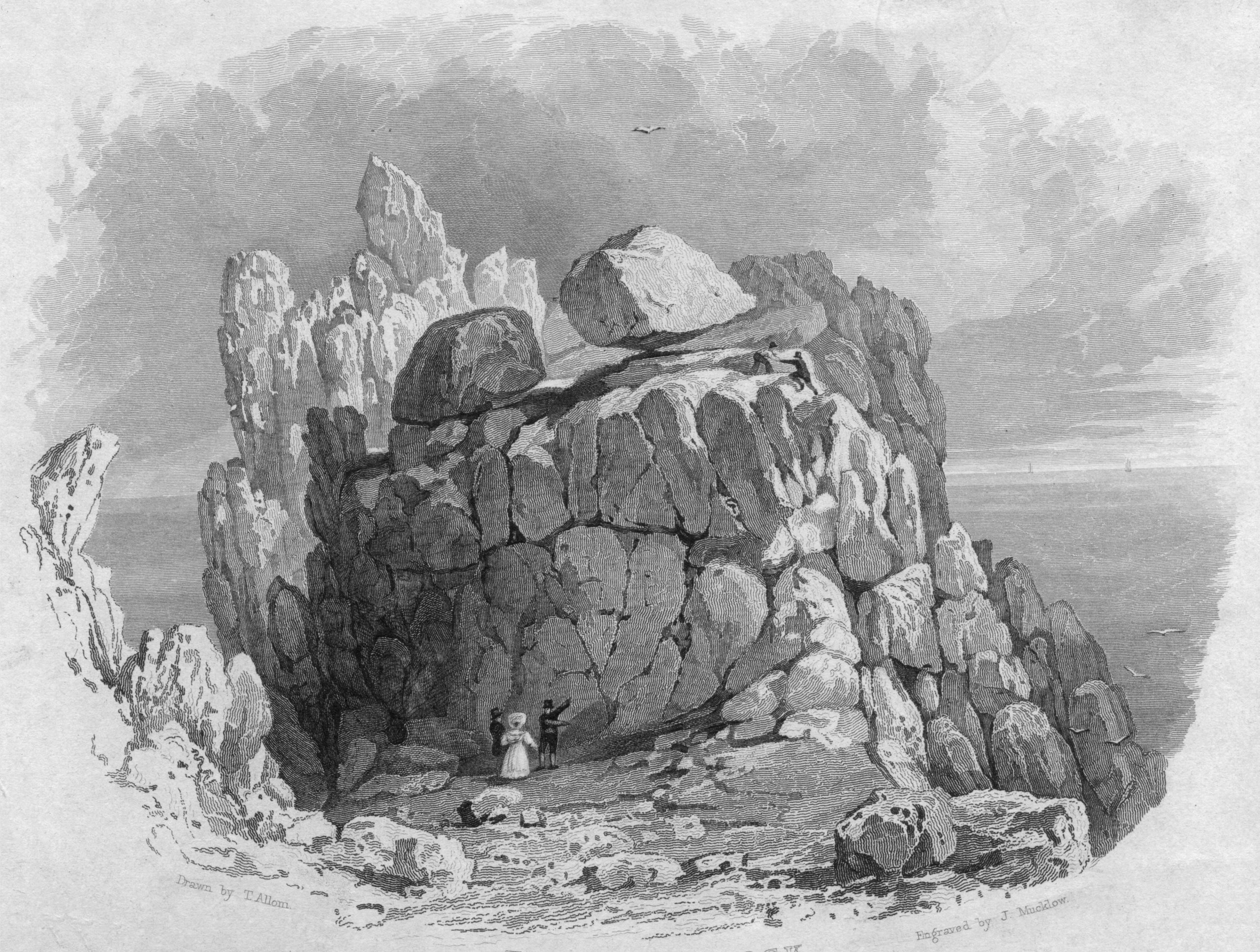 Curious Questions: Who dislodged Britain's most famous balancing rock?
Curious Questions: Who dislodged Britain's most famous balancing rock?A recent trip to Cornwall inspires Martin Fone to tell the rather sad story of the ruin and restoration of one of Cornwall's great 19th century tourist attractions: Logan Rock at Treen, near Land's End.
By Martin Fone
-
 Henley Festival: 13 things you'll see at the 'posh Glastonbury'
Henley Festival: 13 things you'll see at the 'posh Glastonbury'Revellers in ball gowns and dinner jackets, turning up on board £200,000 boats to dance and party while knocking back magnums of vintage champagne? It can only be the extraordinary Henley Festival, the high-end musical extravaganza that's a sort of Glastonbury-on-Thames for the (very) well heeled. We sent Emma Earnshaw along to see what it was like.
By Emma Earnshaw
-
 The best open air theatres in Britain
The best open air theatres in BritainAmid the sweet chestnuts, walnuts and cobnuts of a Suffolk farm, a natural amphitheatre has been transformed into a glorious sylvan venue for touring companies to tread Nature’s boards. Jo Cairdv pays a visit to the mesmerising Thorington Theatre, and picks out three more of the finest outdoor performance venues in Britain.
By Toby Keel
-
 Alexandra Palace: How it's survived fires, bankruptcy and even gang warfare in 150 years as London's 'palace of the people'
Alexandra Palace: How it's survived fires, bankruptcy and even gang warfare in 150 years as London's 'palace of the people'Alexandra Palace has suffered every imaginable disaster, yet remains enduringly popular even a century and a half after its official grand opening. Martin Fone takes a look at the history of one of Britain's great public buildings.
By Martin Fone
-
 Berwick-upon-Tweed, Northumberland: The spectacular border town with a castle that changed hands 13 times
Berwick-upon-Tweed, Northumberland: The spectacular border town with a castle that changed hands 13 timesBerwick-upon-Tweed spent centuries as a pawn in Anglo-Scottish conflict; today, it's a charming border town with spectacular sights. Clive Aslet takes a look.
By Clive Aslet
-
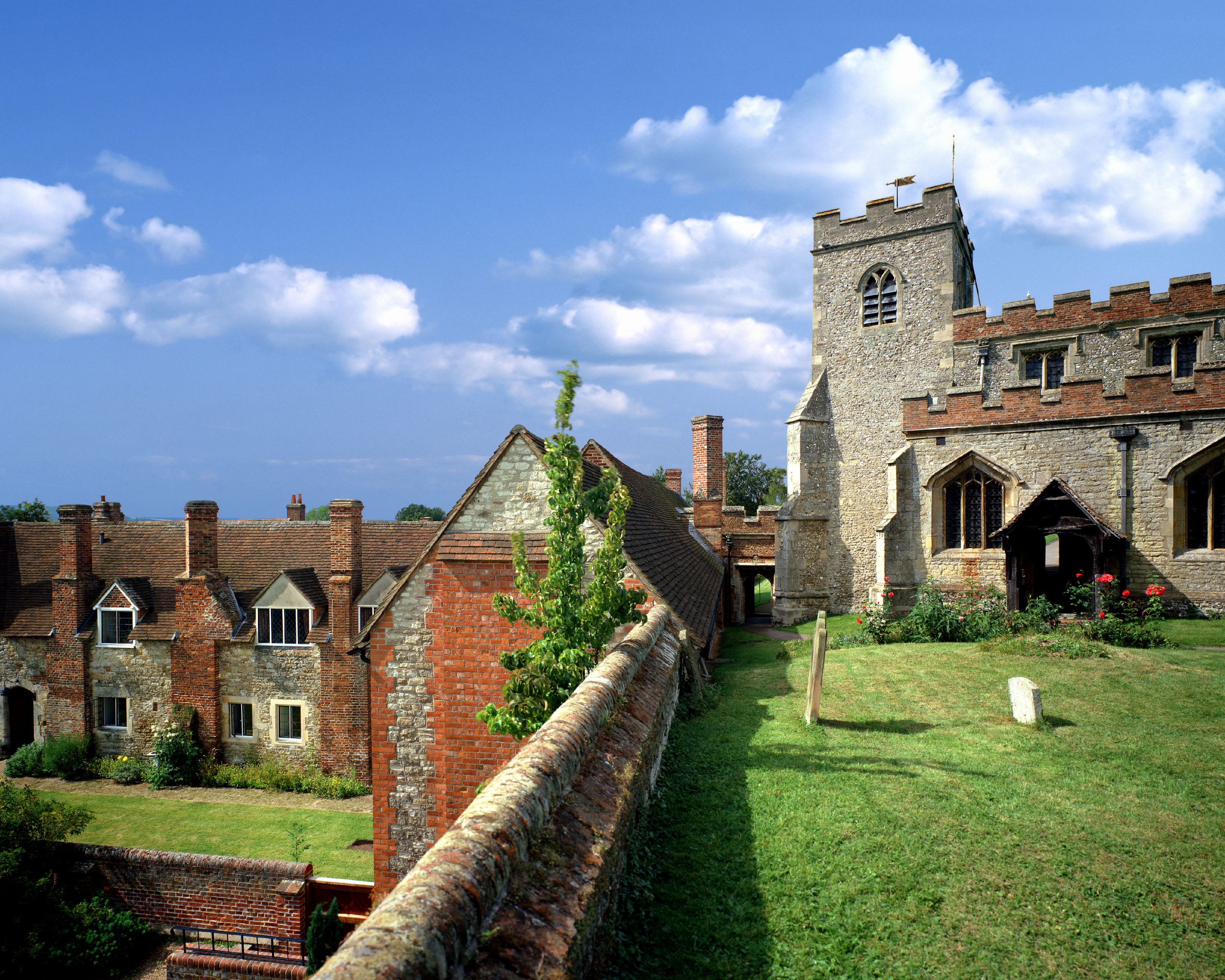 Ewelme, Oxfordshire: The medieval almshouses set up by Chaucer's grand-daughter and still running today
Ewelme, Oxfordshire: The medieval almshouses set up by Chaucer's grand-daughter and still running todayCountry Life's 21st century Grand Tour of Britain stops off at the remarkable church and almshouses at Ewelme, Oxfordshire.
By Toby Keel
-
 The Flying Scotsman: How the first 100mph locomotive became the most famous train in the world
The Flying Scotsman: How the first 100mph locomotive became the most famous train in the worldThe first train to officially hit 100mph may not even have been the first, and didn't hold the rail speed record for long; yet a century later its legend is undimmed. Jack Watkins celebrates the Flying Scotsman.
By Jack Watkins